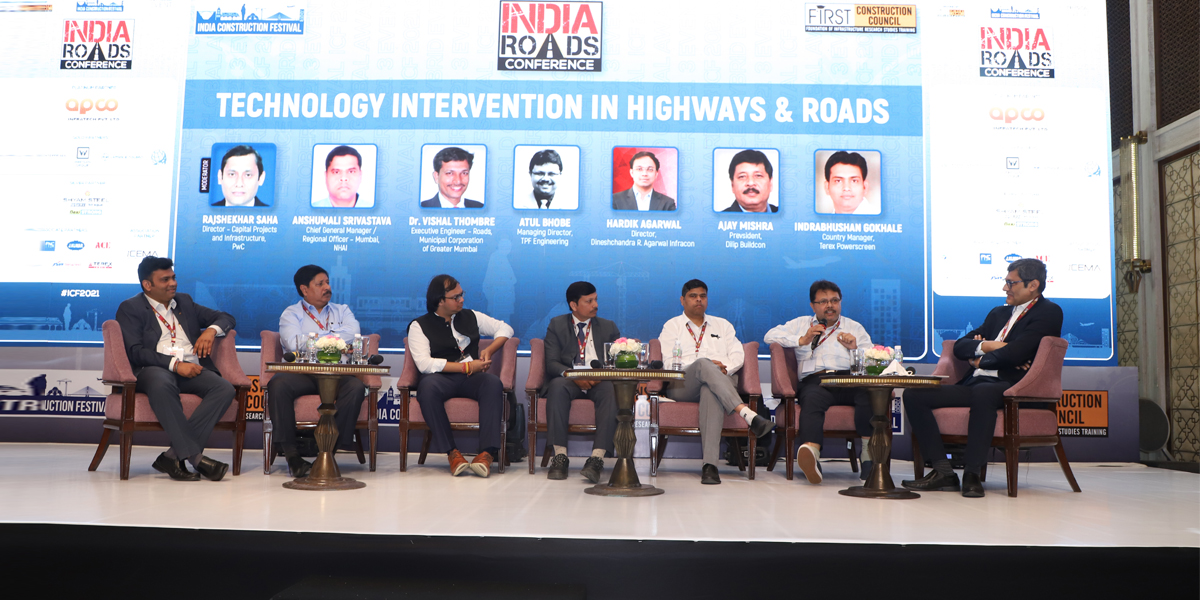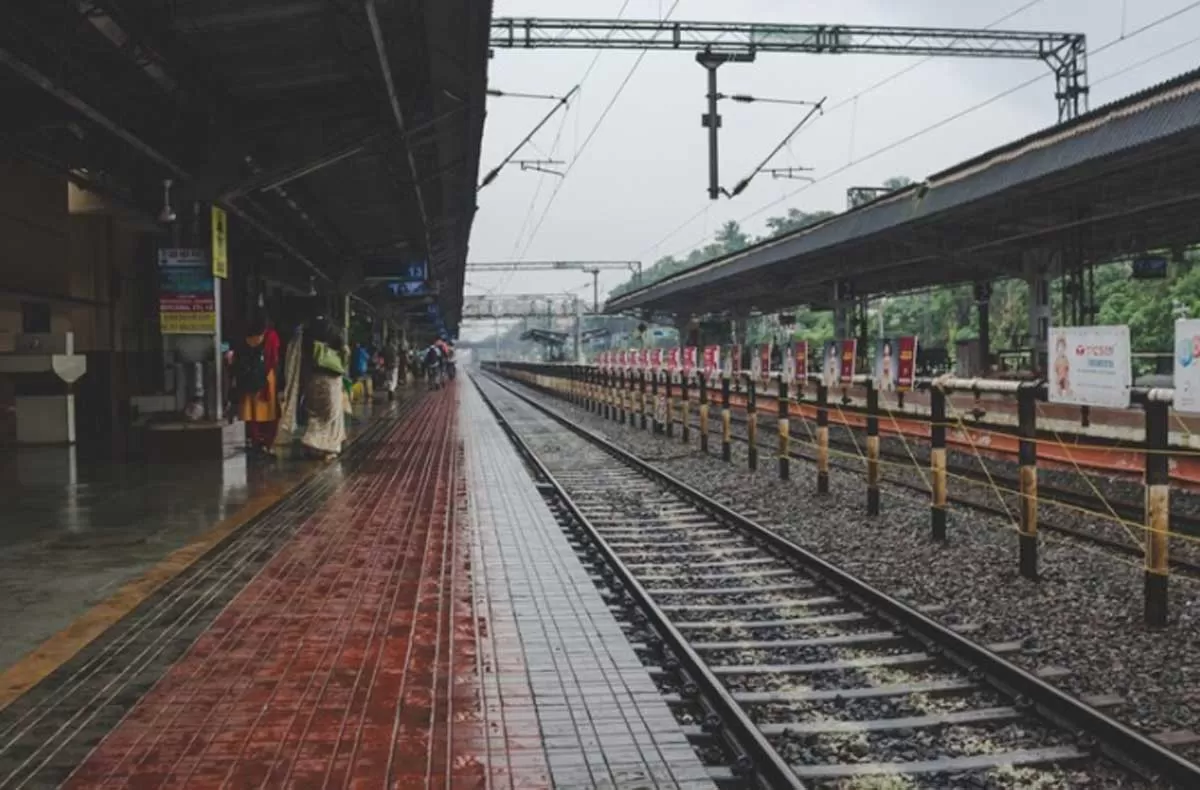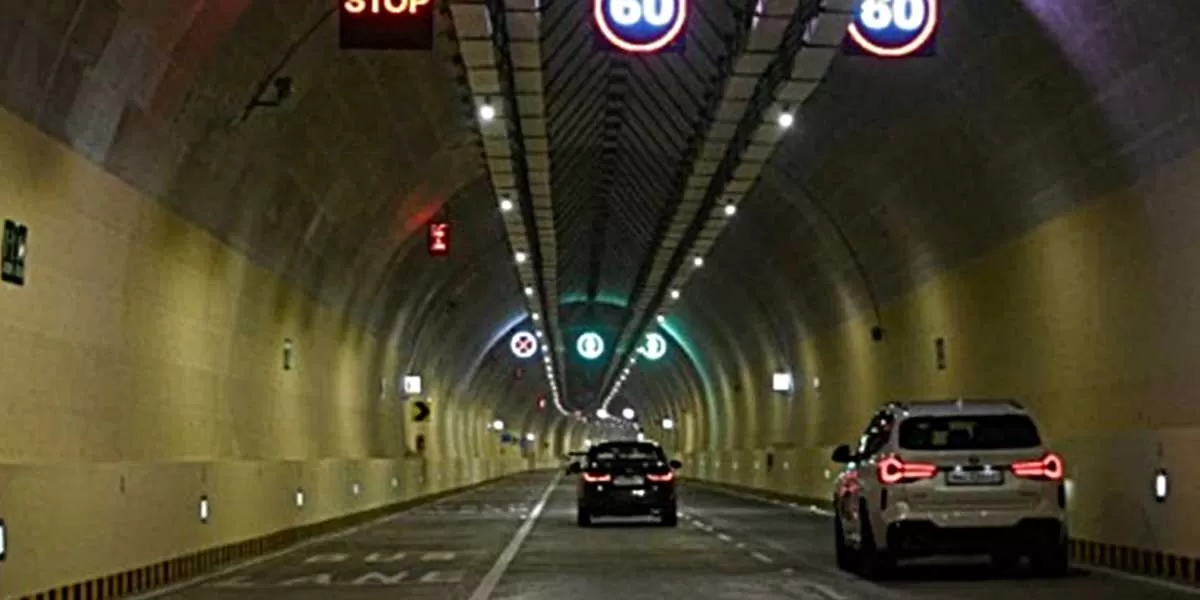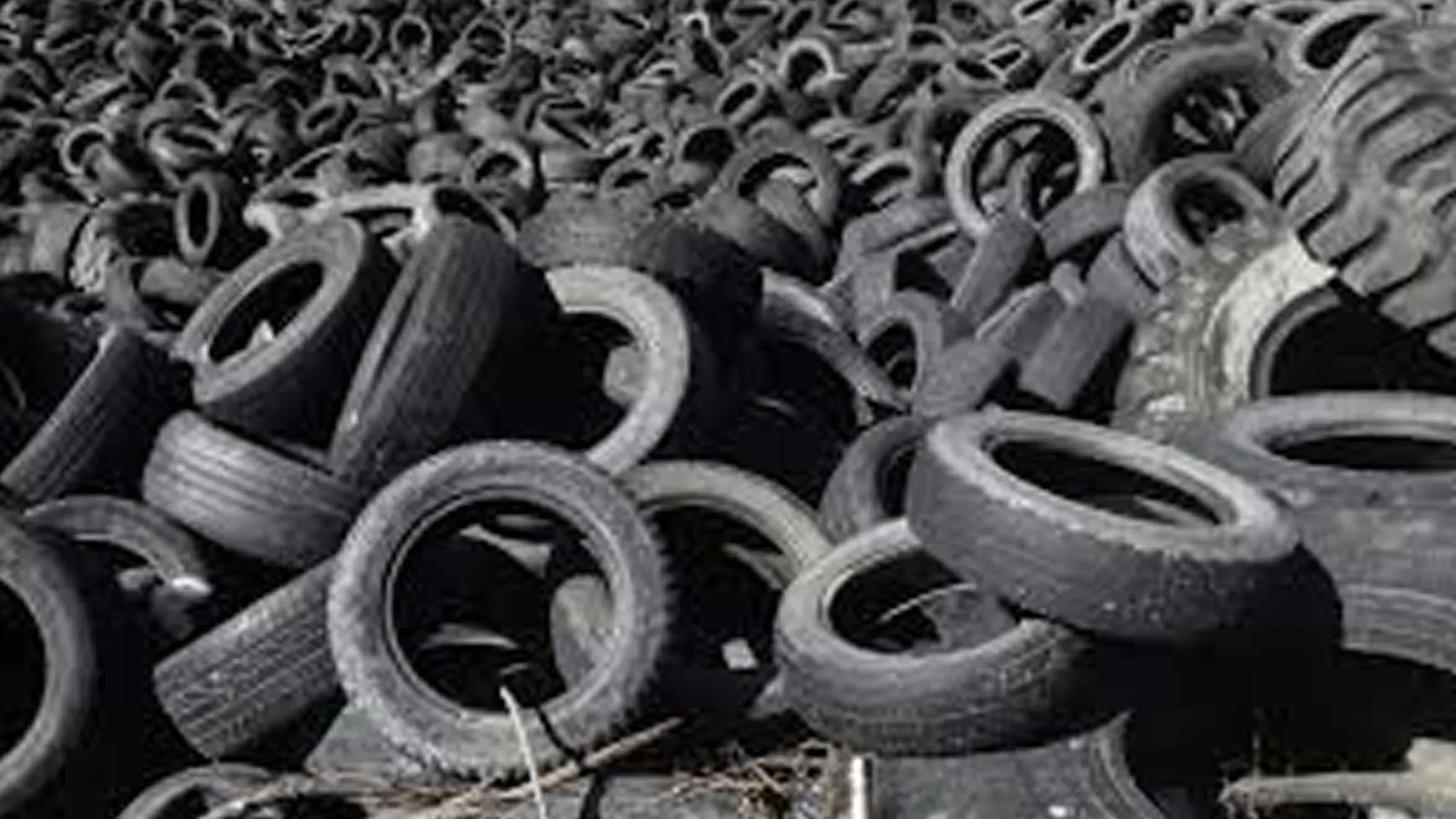

Kolkata Conducts Successful Trial Run on Noapara-Airport Metro Route
Kolkata’s metro network is set for a major expansion as the first trial run on the Noapara-Airport Metro route was successfully conducted on January 25, 2025. Covering a 7.04 km stretch of the Yellow Line, this trial marks a significant step toward the route’s full operational launch, expected by mid-2025. The new metro extension will connect Noapara to Jai Hind Biman Bandar (Kolkata Airport), easing travel for thousands of daily commuters. The trial run, which began at Noapara at 12:09 PM, made stops at Dum Dum Cantonment and Jessore Road before reaching the airport station at 12:31 PM. T..

BBMP Invites DPR Bids for KR Tunnel and 10 Elevated Corridors
The Bruhat Bengaluru Mahanagara Palike (BBMP) has invited bids for the preparation of a Detailed Project Report (DPR) for a second tunnel road between KR Puram and Nayandahalli, spanning 28 km. This move comes amid ongoing criticism from environmentalists, urban mobility experts, and civic groups against the proposed 18 km twin-tube tunnel road from Hebbal to Silk Board. The new tunnel road is proposed along a route already served by the Purple Line of Bengaluru Metro (Whitefield-Challaghatta via KR Puram and Nayandahalli). Additionally, BBMP has sought DPR bids for multiple elevated corr..

Tyre Industry Seeks Ban on Scrap Tyre Imports Amid Surge
The Automotive Tyre Manufacturers Association (ATMA) has urged the government to impose an immediate ban on waste tyre imports, citing a more than fivefold increase since FY21 and growing environmental concerns. According to Ministry of Commerce data, imports of waste and scrap tyres have surged from 264,000 metric tonnes in FY21 to 1.398 million metric tonnes in FY24. In its pre-budget submission, ATMA Chairman Arnab Banerjee highlighted that the rising imports contradict India's Extended Producers Responsibility (EPR) Regulation on Waste Tyres, implemented in July 2022. The regulation i..















